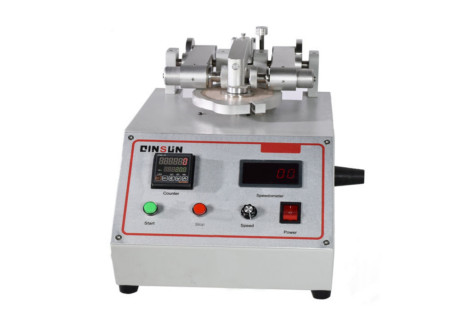- Qinsun Instruments Co., Ltd.
- Tell:+86-21-6780 0179
- Phone:+86-17740808215
- Address:No. 2578 Minhang District Gu Dai Road, Shanghai
- Contact:Mr. Li
- QQ:846490659
Analyzing the principle of laser particle size analyzer

The wet laser particle size analyzer adopts the full range Mie scattering theory, fully considering the optical properties such as refractive index of the measured particles and dispersed media;
Invert the particle size distribution data of particle groups based on the changes in scattered light intensity of particles of different sizes at various angles.
Principle of laser particle size analyzer detection
A beam of laser emitted by a laser is filtered, expanded, and calibrated to become a parallel beam of light;
In the case where the parallel beam does not illuminate the particles, the beam passes through the Fourier lens and converges on the focal plane to form a very small and bright spot - the focal point.
When particles are uniformly placed into a parallel beam in a specific way, the laser will experience scattering, with a portion of the light spreading outward at a certain angle to the optical axis.
Both theory and practice have proven that the scattering angle of scattered light caused by large particles is small, and the smaller the particle, the greater the scattering angle of scattered light.
These scattered light from different angles will form a series of halos on the focal plane after passing through the Fourier lens, and the alternating light and dark spots formed by these halos are called Airy spots.
Airy contains rich granularity information, which can be simply understood as a larger radius halo corresponding to smaller particles, and a smaller radius halo corresponding to larger particles;
The size of the light energy of the halo on different radii contains information on the content of particles of that size.
In this way, we install a series of electric receivers for light on the focal plane, converting these light signals scattered by particles of different sizes into electrical signals;
And transmit it to the computer, and then use Mie scattering theory to mathematically process these signals through the computer to obtain the particle size distribution.





